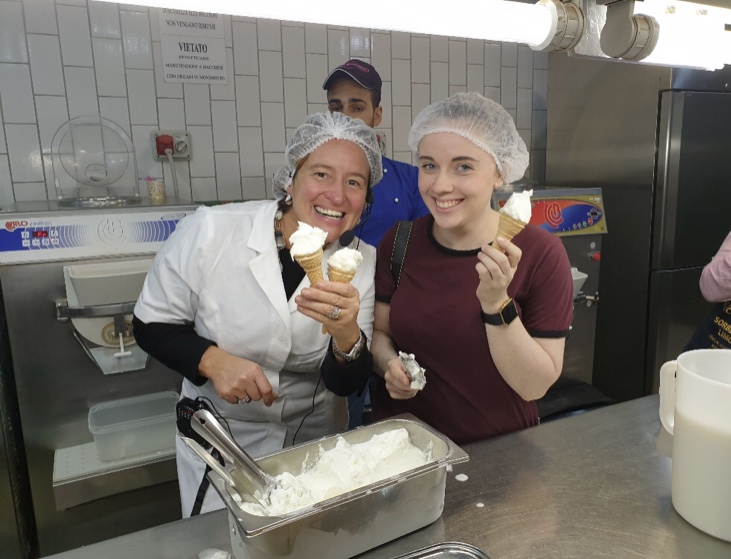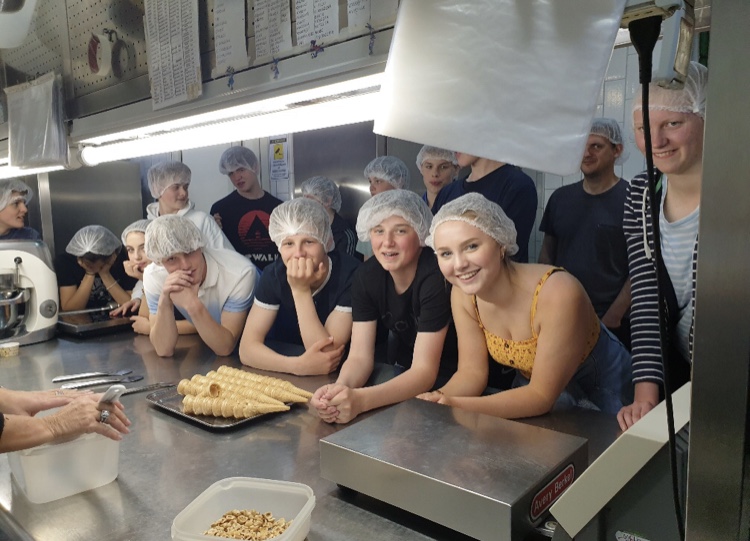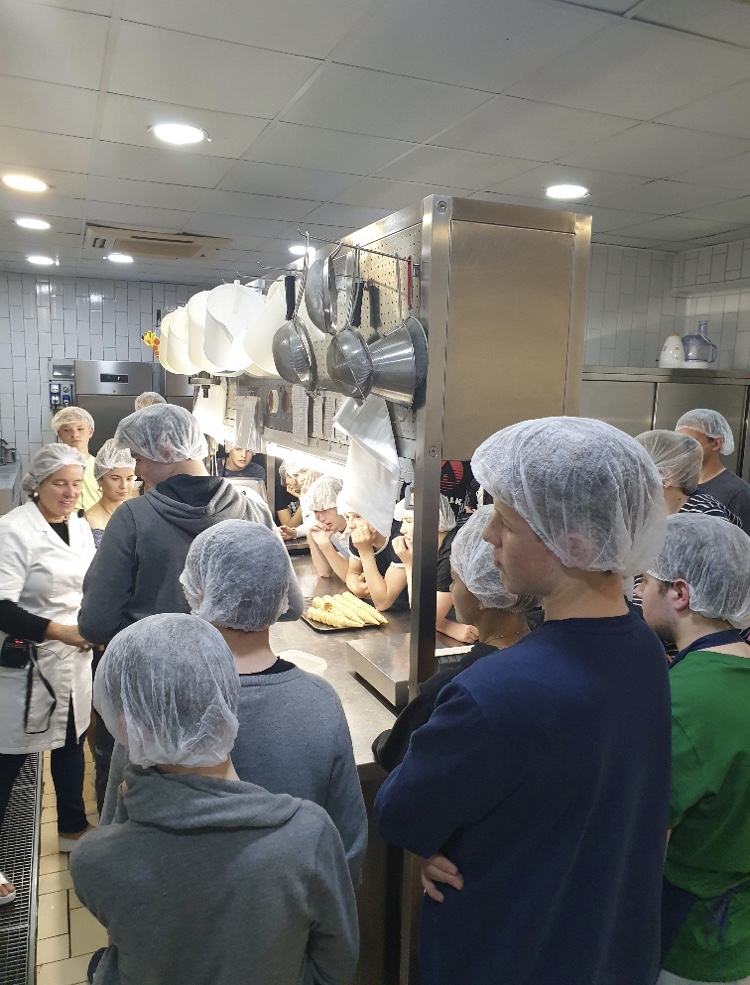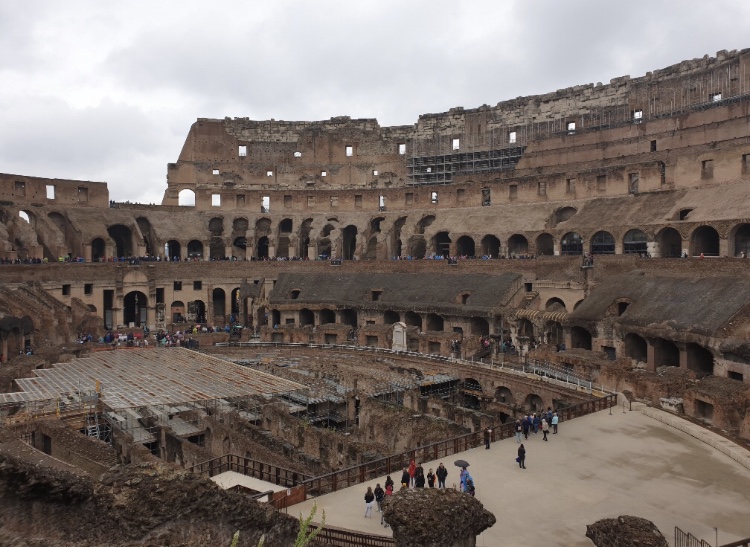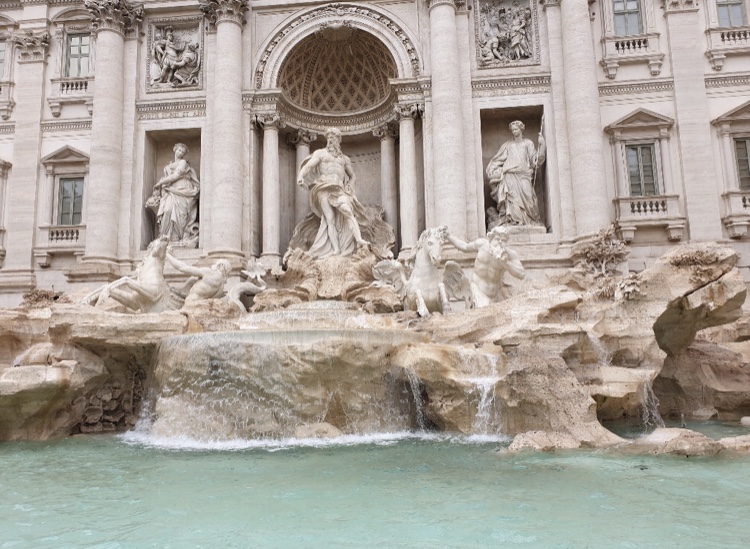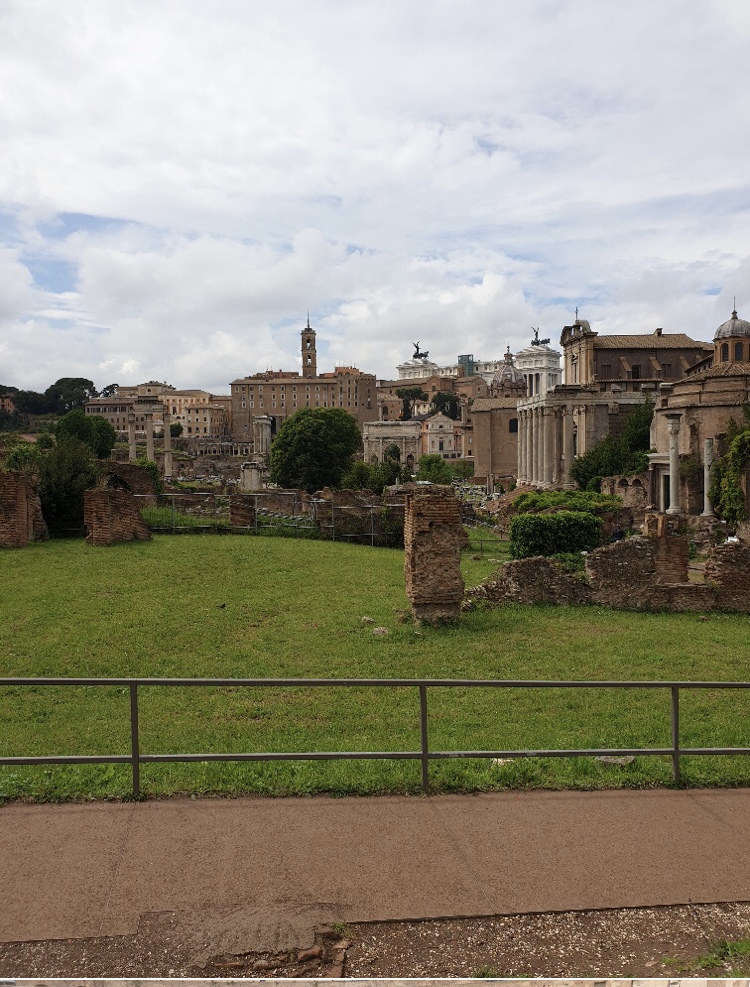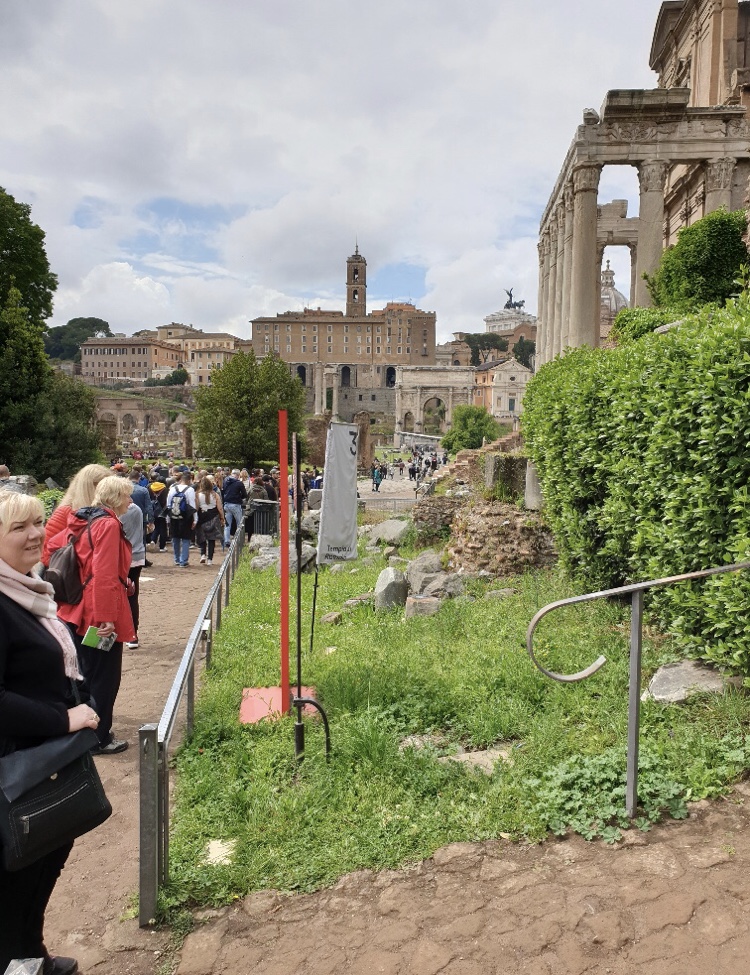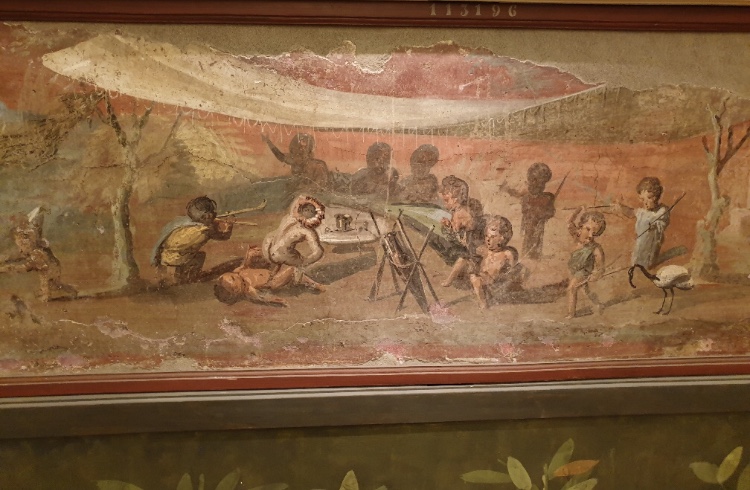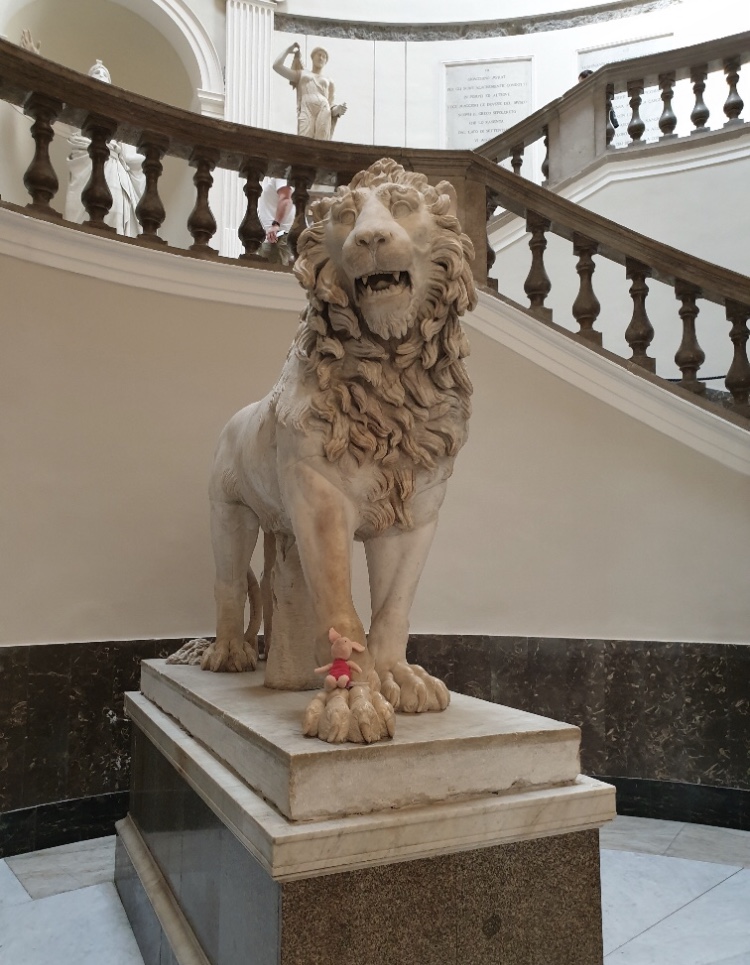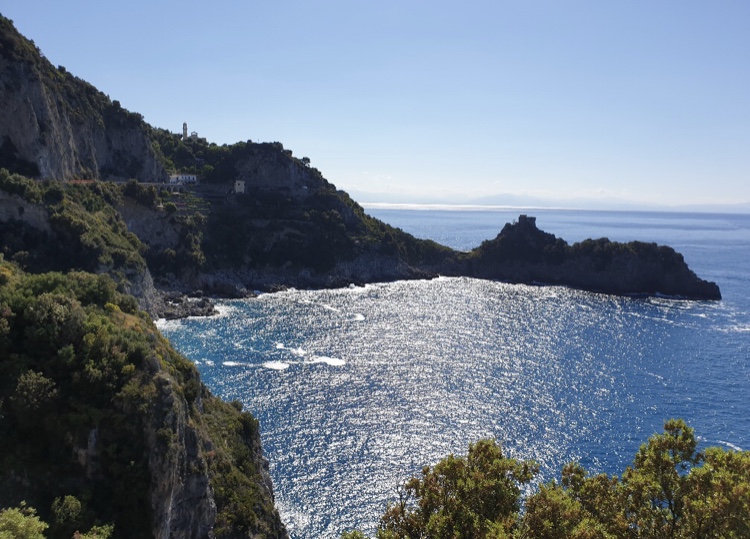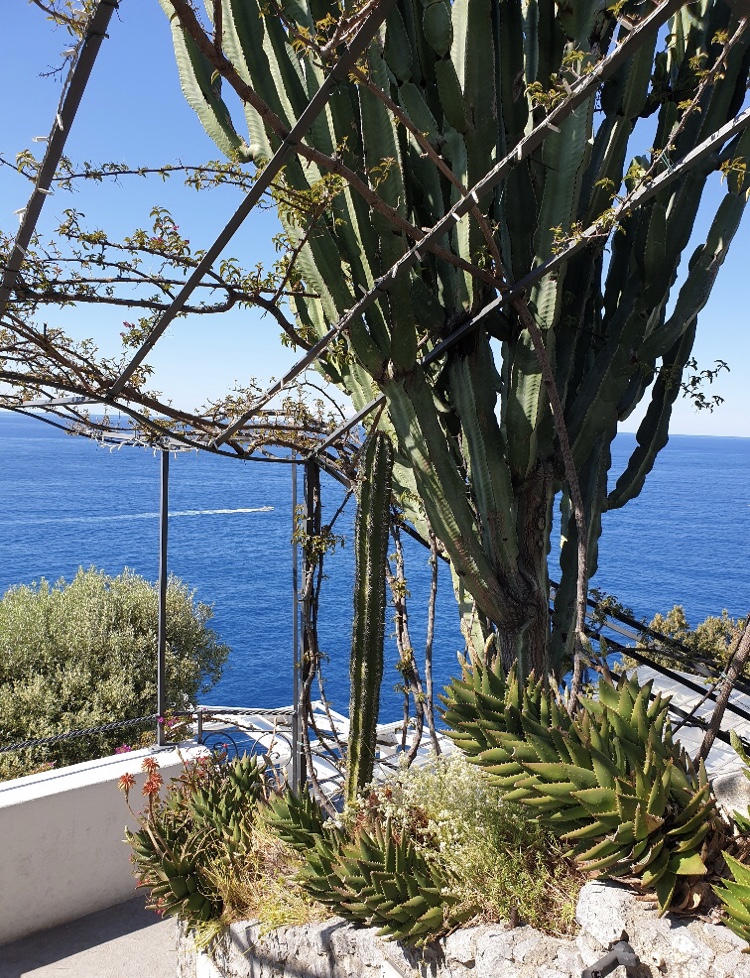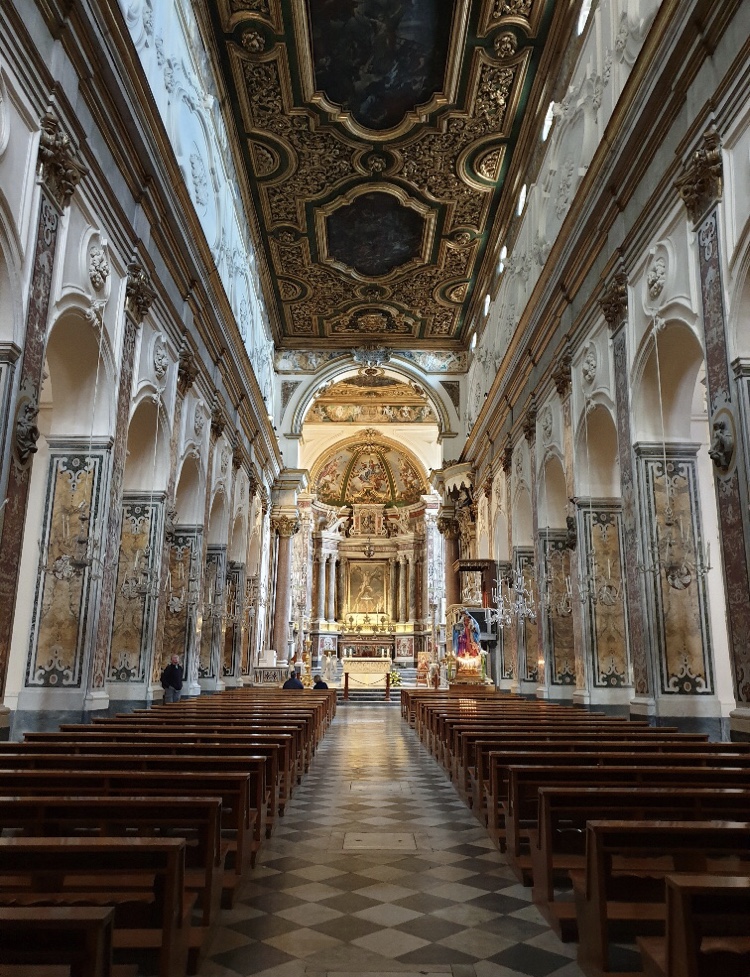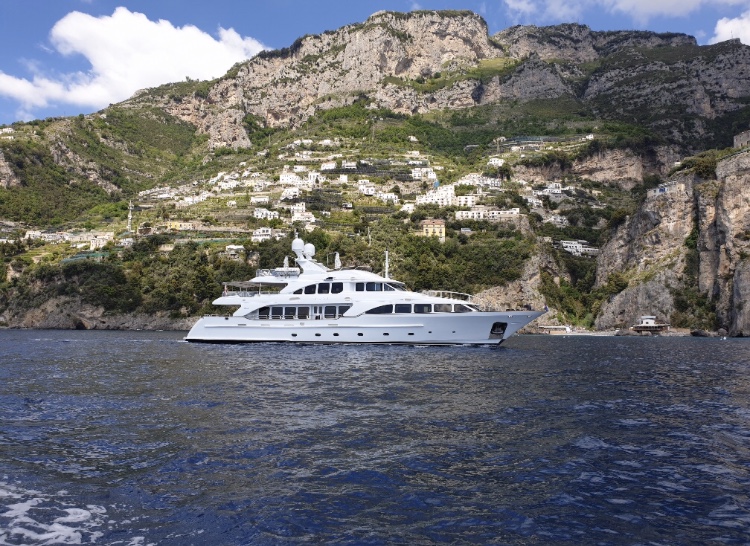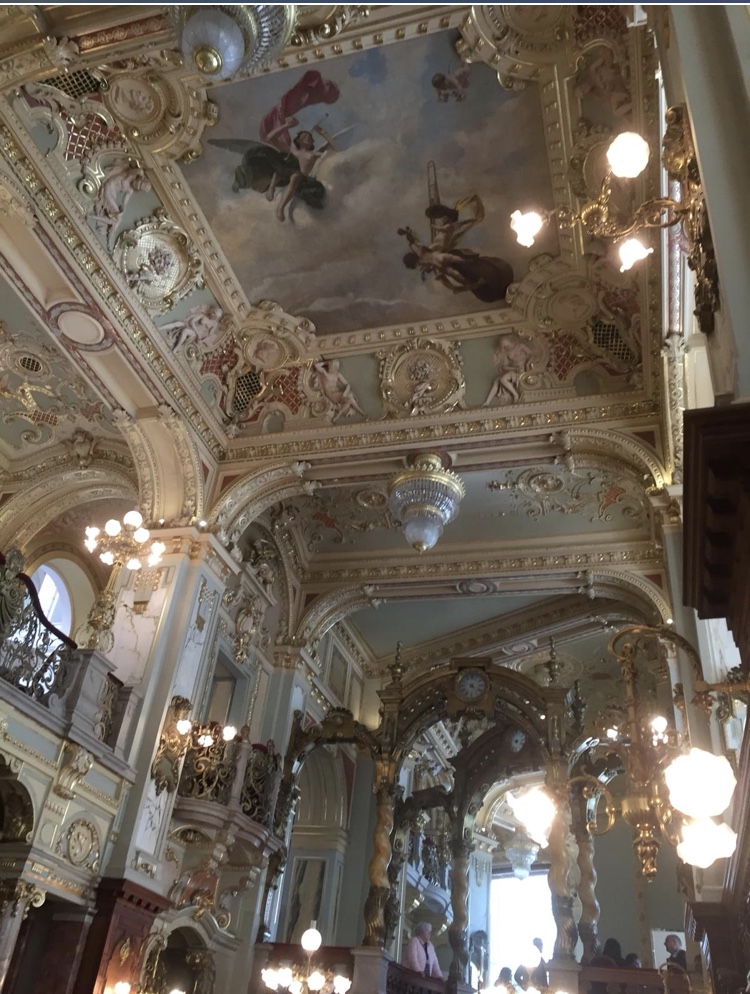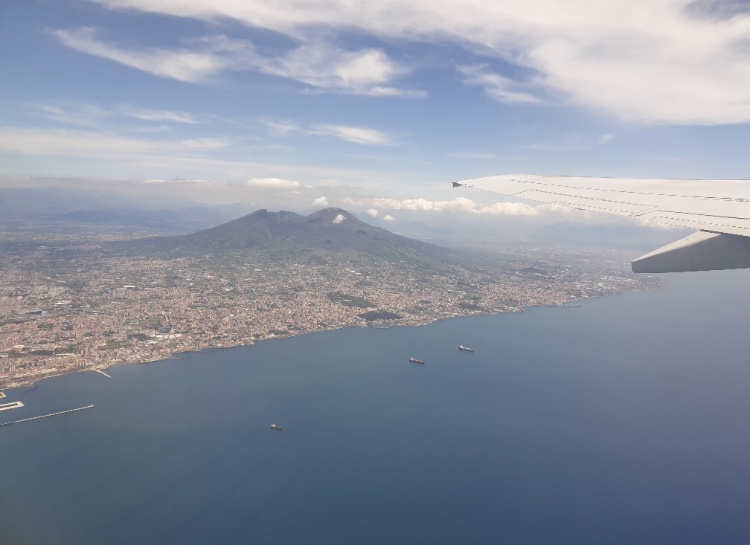GEOGRAPHY: Lasting memories of an Italian grand tour
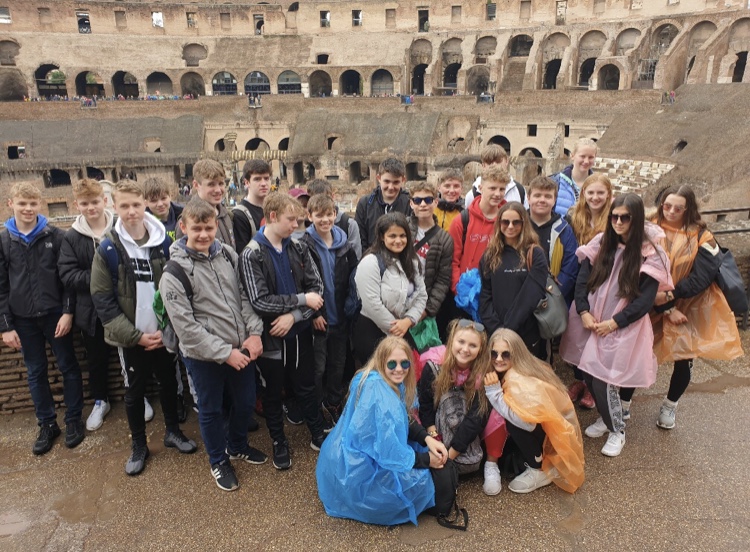
Fourth form geography students took in the sights of Rome, Sorrento, Amalfi, Naples, Mount Vesuvius, Pompeii and Herculaneum during an action-packed four-day tour of Italy - and even learnt how to make classic Italian ice cream while they were there.
One of the aims of the field trip was to explore how, in a high income country like Italy, people can benefit but also suffer the negative effects of their proximity to a dangerous volcano. The 27 students also explored the Italian way of life, including the contrasting cultures of north and south, and came away with many lasting memories.
Here are some of our students' highlights:
"This was our best school trip yet. Our first view of the centre of Rome was the magnificent Colosseum, the largest amphitheatre in the world, which could seat around 50,000 spectators who would watch both gladiators and animals fight to their deaths."
"On the Sunday, we went up Mount Vesuvius to reach the top of the crater and the guide told us about some of the major eruptions. The most recent was in 1944 and many believe the volcano is overdue an eruption. Today, two million people live in the immediate vicinity."
"On the second day of our trip, we went to Pompeii, the ancient Roman city near Naples which was buried under 6cm of ash after Mount Vesuvius erupted in 79AD."
"Naples was a contrast to Rome, much more run-down and with less money, showing the difference between the north and south of Italy. We visited the vast network of underground tunnels originally created by the Romans to provide water for the city, evidence of just how advanced the Romans were. In the Naples Archaeological Museum we saw some shocking artefacts and information relating to the eruption of Vesuvius that destroyed Pompeii."
"On Tuesday we visited the ancient Roman town of Herculaneum, also destroyed by the eruption of Mount Vesuvius, when it was covered by volcanic mud which turned into semi-rock material. Almost 75% of the city was buried until, in 1707, a well digger discovered the ruins after digging 60 feet down. Nearly 300 skeletons were found huddled together in boat chambers, where it is believed people hid to try and escape the volcanic material. Some did get on boats, away from the shore to safety."
"On the fourth day of our trip we visited the Amalfi coast, a 50km stretch of coastline on the west coast, looking out to the Mediterranean Sea. We drove down the coastline, stopping at a fishing village. It was incredible to see how houses have been built on such steep land. Once we got to Amalfi we went on a boat ride, with amazing views."
"On Tuesday afternoon, we ventured into Sorrento for an ice-cream making class. We were shown how to make sorbet and classic ice-cream, creating lemon sorbet and hazelnut flavours, which were delicious. Maria who ran the class was passionate about ice-cream and knowledgable about the famous local lemons. Afterwards, we explored Sorrento, the epicentre of the Amalfi coast and a very busy tourist town.
